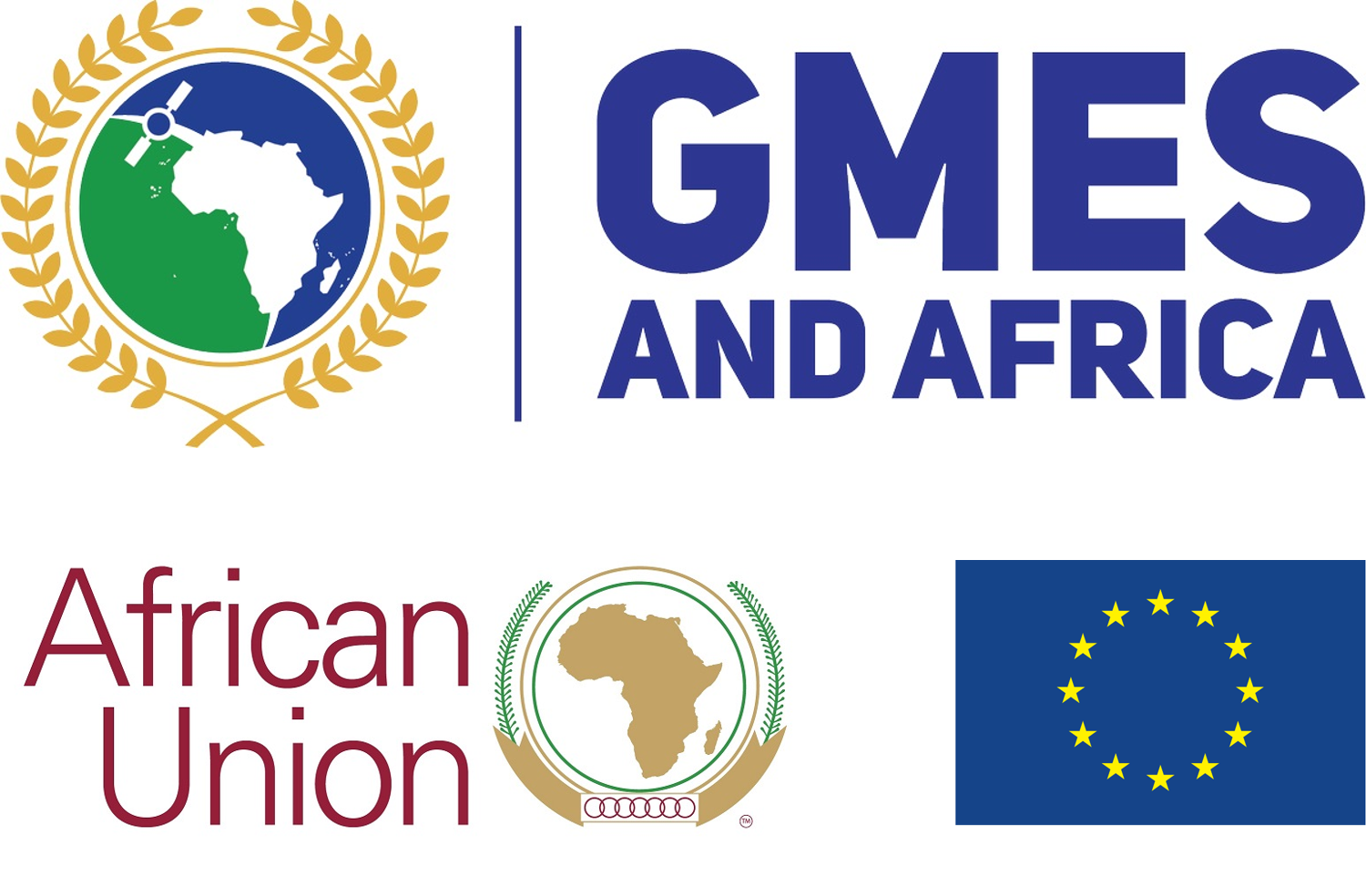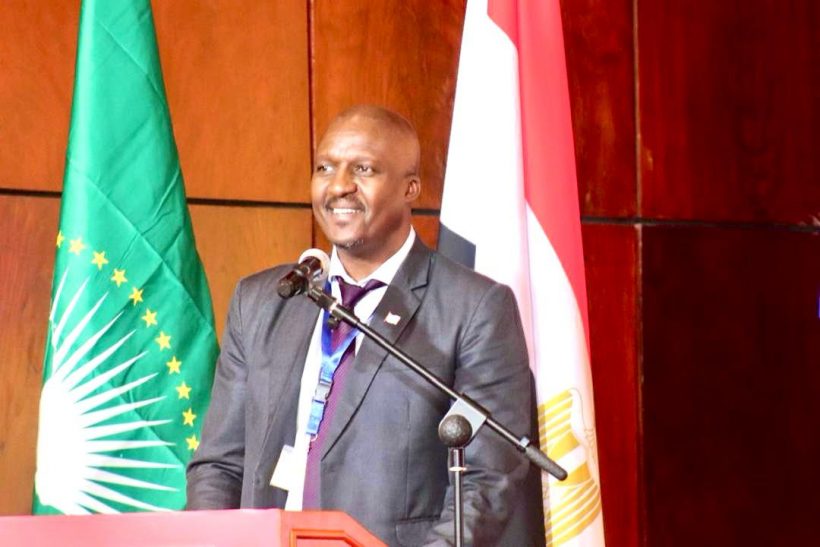SASSCAL’s WeMAST Project Turns Data Into Action for Southern Africa’s Vital Wetlands
In the heart of Southern Africa, where winding rivers meet grasslands and wetlands quietly pulse with life, a silent revolution is underway. It is not one led by protests or politics, but by pixels, satellites, and science. Today as the world commemorates Earth Day under the theme “Our Power, Our Planet,” the Southern African Science Service Centre for Climate Change and Adaptive Land Management (SASSCAL) is standing at the forefront of this quiet but powerful movement.
The theme is more than a slogan—it’s a call to action. According to Dr. Budzanani Tacheba, Interim Executive Director of SASSCAL, it’s a timely reminder that the choices we make today—and the knowledge we choose to act on—will define the planet’s tomorrow.
“In the face of environmental crisis, we are not helpless,” says Dr. Tacheba. “We hold immense power—through science, through innovation, through collaboration.”
One of the clearest expressions of that power is WeMAST—the Wetlands Monitoring and Assessment project. Funded by the African Union and the European Union under the GMES and Africa programme, WeMAST is more than a research initiative. It’s a region-wide effort to protect some of the most vital and vulnerable ecosystems on Earth: wetlands.
Why Wetlands Matter
Often called nature’s kidneys, wetlands do far more than just hold water. They purify freshwater, store carbon, regulate floods, and provide critical habitats for thousands of species. They sustain farming, fisheries, and livelihoods across rural communities. But despite their importance, wetlands across Southern Africa are under increasing threat—degraded by land misuse, impacted by climate change, and diminished by poor planning.
That’s where WeMAST steps in.
Watching From Above to Protect What’s Below
Through the use of remote sensing and geospatial technology, the WeMAST project turns satellite data into insight. It tracks everything from water levels and vegetation shifts to human encroachment and climate-induced changes. What once was invisible—slow, silent transformations in ecosystems—is now visible in real-time through detailed maps, dashboards, and reports.
“By monitoring wetlands across the SADC region, we’re creating a bridge between data and action,” Dr. Tacheba explains. “This is how we ensure that wetlands are not just studied, but safeguarded.”
The project covers multiple countries, including Angola, Namibia, Botswana, and Zambia, empowering decision-makers at every level—from policymakers and scientists to local community leaders. With data in hand, they can respond earlier to threats, plan more sustainably, and manage land and water resources more effectively.
Science Serving People
While technology is at the heart of WeMAST, the project’s true strength lies in its focus on people. Local governments are using WeMAST data to better anticipate floods. Community organisations are leveraging the maps to address encroachment. Farmers are learning how to use nearby wetlands responsibly, ensuring their preservation for generations to come.
“WeMAST isn’t just about satellites—it’s about stewardship,” says Dr. Tacheba. “It’s about turning data into decisions, and decisions into sustainable development.”
The initiative is also building local capacity, equipping stakeholders with the skills and tools to interpret data and apply it in their specific contexts. That knowledge becomes a shared asset—one that empowers rather than excludes.
Earth Day as a Turning Point
As the global community reflects on Earth Day 2025, the message from SASSCAL is clear: our collective power lies not just in our capacity to measure environmental change, but in our determination to act on it. WeMAST shows how innovation can be paired with responsibility—how science can serve as a catalyst for resilience and regeneration.
From the lush Okavango Delta to the vast Zambezi floodplains, wetlands across the region are more than landscapes—they are life systems. And today, they are being watched over, protected, and valued like never before.
“As we celebrate Earth Day,” Dr. Tacheba reflects, “let us remember that our greatest strength lies not just in the data we gather, but in the purpose with which we use it. Our power—when united—can indeed protect our planet.”
The end




Leave a Reply